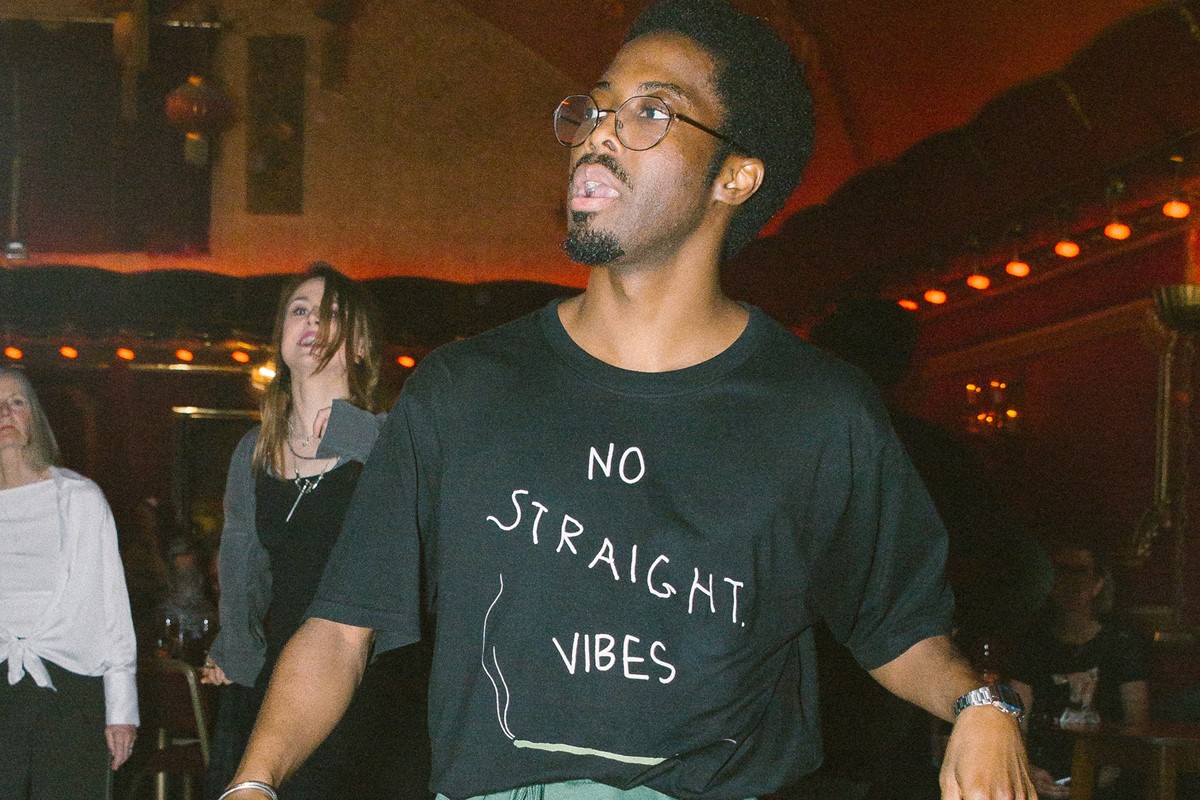Just like the majority of subcultural styles, Northern Soul was born from a schism – an evolutionary offshoot of what had come before. Throughout the 60s, it was the mods who reigned supreme, their Chelsea boots and bowling shoes hitting the dancefloors of Flamingo Club in Soho, or the Twisted Wheel in Manchester. Towards the end of the decade, while some started to embrace psychedelic rock, others stayed true to the original soul and ska records, and two groups emerged: the steel-toe clad skinheads, and the wide-legged bellbottoms of Northern Soul.
Soundtracked by a cacophony of “rare grooves” from Black American soul artists, the movement was a dance-oriented endeavour in response to the sour political climate of 70s Britain. Kids across post-industrial Northern towns would let their hair down in drug-fuelled all nighters, and, as you’d expect from that kind of activity, the clothes needed to be built for movement. And while we’re not suggesting that anything like that is happening in the Northern Soul clubs of today, what we do see is a faithful recreation of the style seen in those towns over 50 years ago.
Rivoli Northern Soul, Blackpool’s premier Northern Soul night, has all the trappings you might expect of the scene. Wide-leg flares, white socks and loafers reappear from the 1970s, as do sew-on patches hemmed onto an adidas bowling bag and 3-stripe track jackets from the same German brand. Over at Deptford Northern Soul Club, while some attendees signal their 70s allegiance through full brown suits and dark sunglasses, many more arrive in the tried and tested Northern Soul uniform: loose, louche trousers and a tight vest. In the original clubs, the early fashion was very similar to mod culture, as that was Northern Soul’s closest frame of reference: Fred Perry button-downs and turned-up Levi’s. But, as the scene progressed – and the dancing got more furious – trousers ballooned and polos turned to vests, a style that many have adopted in the modern day.
Will Foot, one of the organisers from Deptford’s club, confirms this sentiment. Originally setting up the night because he and co-founder Lewis Henderson didn’t see a space for young people on the scene, Foot agrees that “all the clothes need to be danceable, something you can move athletically in and also things that make you feel good and beautiful on a night out.” Bill Mannix of the Rivoli club thinks the same, going as far to admit that attendees often bring a change of clothes, as is the way at their sweat-slicked nights. But while the clothing is technically practical, the best thing about aping a bygone style is that, for one night on that dancefloor, these groups of young people can channel the free-spiritedness and hedonism of those 70s teenagers rallying against the status quo.
Click through the gallery above for a closer look.

